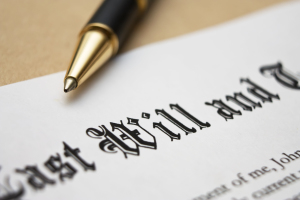 Today’s top story: 3 ways to invest in your career this week. Also in the news: How to pick stock investments, checking accounts for seniors, and using your emergency savings to pay off credit card debt.
Today’s top story: 3 ways to invest in your career this week. Also in the news: How to pick stock investments, checking accounts for seniors, and using your emergency savings to pay off credit card debt.
3 Ways to Invest in Your Career This Week
Give your career a boost.
How to Pick Stock Investments
Choosing wisely.
Checking Accounts for Seniors
Know the perks.
Should You Pay Off Your Credit Card Debt With Your Emergency Savings?
Start making short-term sacrifices.
 Today’s top story: 6 reasons there aren’t enough homes for sale. Also in the news: 3 day trading tax tricks, a major tax hike could be waiting for grad students, and giving up your rights when getting a credit card.
Today’s top story: 6 reasons there aren’t enough homes for sale. Also in the news: 3 day trading tax tricks, a major tax hike could be waiting for grad students, and giving up your rights when getting a credit card. Today’s top story: The best time to buy plane tickets. Also in the news: Deciding between options and stocks, everything we know so far about the Tesla Model 3, and how to calculate how much it will cost you to move to a new city.
Today’s top story: The best time to buy plane tickets. Also in the news: Deciding between options and stocks, everything we know so far about the Tesla Model 3, and how to calculate how much it will cost you to move to a new city.  Today’s top story: Millennial enthusiasm for stocks is at a record high. Also in the news: How to choose a financial advisor, why flood insurance comes with a waiting period, and how to survive college without surprise debt.
Today’s top story: Millennial enthusiasm for stocks is at a record high. Also in the news: How to choose a financial advisor, why flood insurance comes with a waiting period, and how to survive college without surprise debt. Today’s top story: How to responsibly handle an inheritance. Also in the news: 7 questions to ask before selling a stock, how to create your own pension, and why 35% of college seniors don’t know what their student loan repayments will be.
Today’s top story: How to responsibly handle an inheritance. Also in the news: 7 questions to ask before selling a stock, how to create your own pension, and why 35% of college seniors don’t know what their student loan repayments will be.